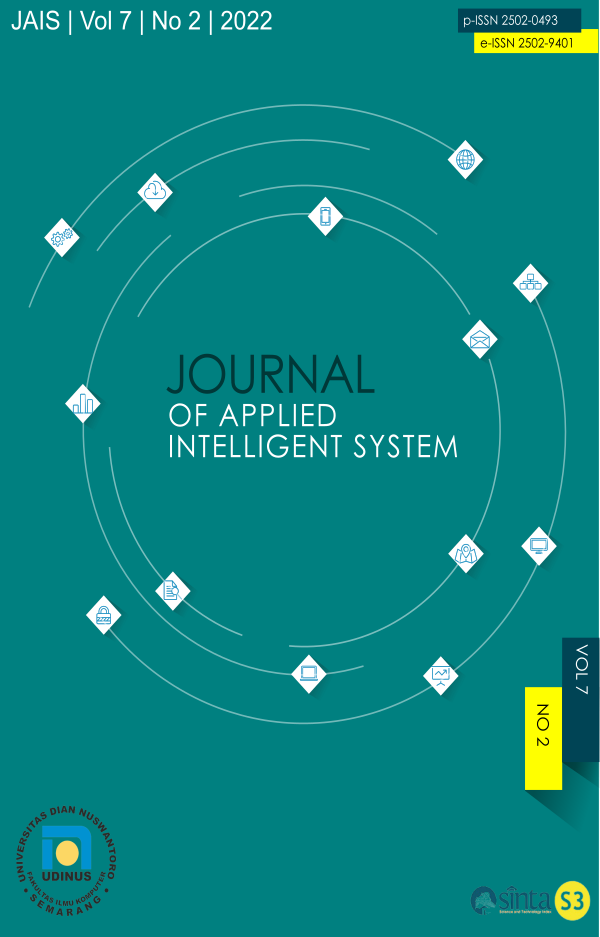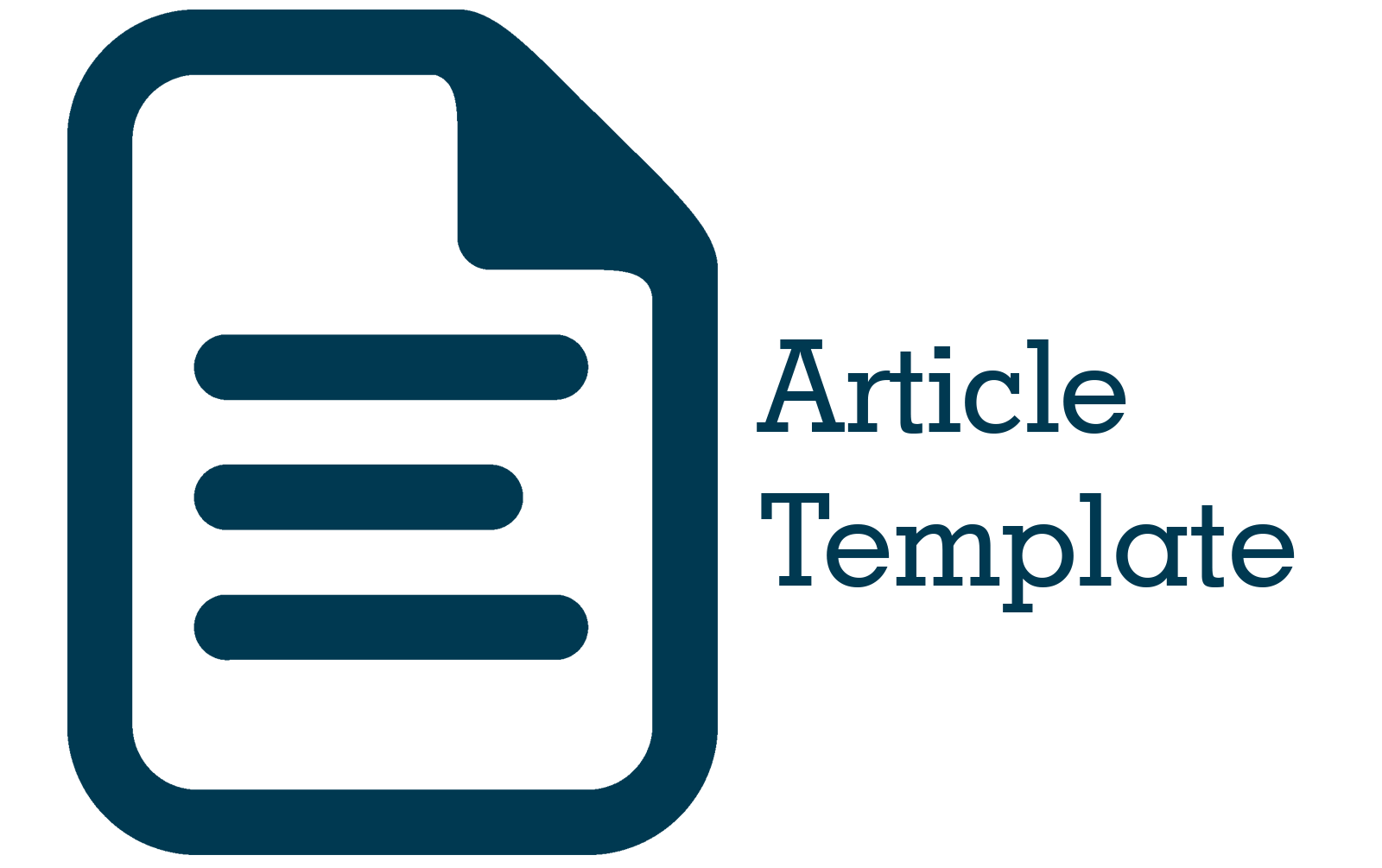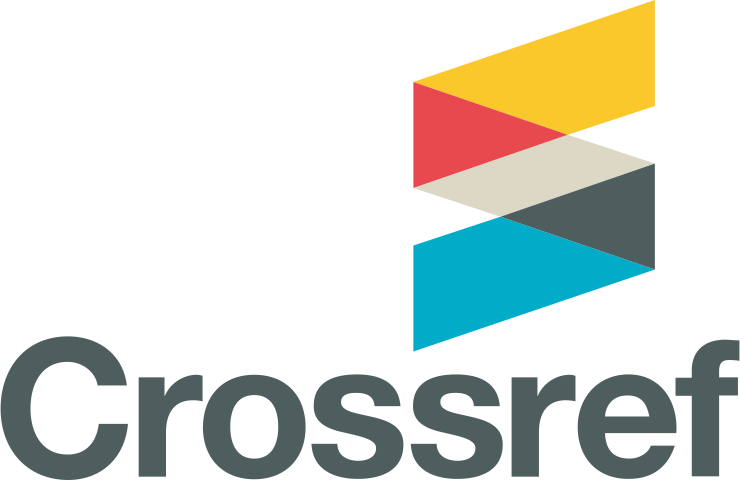Integration of Augmented Reality and Voice Recognition in Learning English for Children
DOI:
https://doi.org/10.33633/jais.v7i2.6119Abstract
Application development by combining two technologies, namely Augmented Reality and Voice Recognition, can make learning media regarding object recognition at home interact directly with 3D virtual objects. The technology can also help the pronunciation or pronunciation of sentences in English. Natural Language Processing (NLP) is used to understand human language so that machines can understand and process it. This ability supports Voice Recognition to have intelligence and interact like humans. wit.ai is an open-source NLP platform that can support speech-to-text application development. The merging of the two technologies in this development using the wit.ai platform. With the wit.ai platform that is used to understand voice commands and perform tasks as needed for applications regarding object recognition at home, users will be able to interact with objects at home through the given voice commands. In the Black Box testing, each functionality got the results that all the features had functioned properly. User Acceptance Test was also carried out and the average test results were 95.77% and 93.26% on a Likert scale with test results on 13 respondents aged 6-9 years old who have tried the application and 14 respondents as observers when 13 respondents aged 6-9 years tried the application. These results show that the application can be accepted and used as a tool in learning media.References
Franciska, M. B., Setyawan, M. B., & Zulkarnain, I. A. (2018). Rancang Bangun Media Pembelajaran Bahasa Inggris Berbasis Android Menggunakan Teknologi Augmented Reality Untuk Sekolah Dasar (Studi Kasus Mi Ma’Arif Patihan Kidul). Komputek, 2(2), 48.
Syahidi, A. A., Tolle, H., Supianto, A. A., & Arai, K. (2019). BandoAR: Real-Time Text Based Detection System Using Augmented Reality for Media Translator Banjar Language to Indonesian with Smartphone. 2018 IEEE 5th International Conference on Engineering Technologies and Applied Sciences, ICETAS 2018, 1–6.
Anggraini, N., Kurniawan, A., Wardhani, L. K., & Hakiem, N. (2018). Speech Recognition Application for the Speech Impaired using the Android-based Google Cloud Speech API. 16(6).
Aouam, D., Benbelkacem, S., Zenati, N., Zakaria, S., & Meftah, Z. (2018). Voice-based Augmented Reality Interactive System for Car’s Components Assembly. Proceedings - PAIS 2018: International Conference on Pattern Analysis and Intelligent Systems, 1–5.
Wijaya, S., & Wicaksana, A. (2019). JACOB voice chatbot application using wit.Ai for providing information in UMN. International Journal of Engineering and Advanced Technology, 8(6 Special Issue 3), 105–109.
Agustini, M., Yufiarti, & Wuryani. (2020). Development of learning media based on android games for children with attention deficit hyperactivity disorder. International Journal of Interactive Mobile Technologies, 14(6), 205–213.
Ahmad, A., Hadiansa, A., Hidayatullah, R., Informatika, J. T., Informatika, J. M., & Informatika, J. T. (2018). L e n t e r a d u m a i ,. 9, 42–46.
Akrim, M. (2018). Media Learning in Digital Era. 231(Amca), 458–460.
Billinghurst, M., Clark, A., & Lee, G. (2014). A Survey of Augmented Reality Foundations and Trends R in Human-Computer Interaction. Human-Computer Interaction, 8(3), 73–272. CS4HS 2016 The University of Queensland. (2016).
Faqih, M., & Kusumaningsih, A. (2018). PENERAPAN AUGMENTED REALITY PADA SERIOUS GAME EDUKASI PENYAKIT GIGI. 9(2), 1033–1042.
Hashim, N. C., Majid, N. A. A., Arshad, H., & Obeidy, W. K. (2018). User Satisfaction for an Augmented Reality Application to Support Productive Vocabulary Using Speech Recognition. Advances in Multimedia, 2018.
Megista Putri, D., & Rasmita, R. (2019). Upaya Meningkatkan Minat Belajar Bahasa Inggris Siswa Sekolah Dasar (Sd) Negeri 13 Padang Menggunakan Metode “Total Physical Response.” Jurnal Kepemimpinan Dan Pengurusan Sekolah, 4(1), 11–18.
Musthafa, B. (2010). Teaching English to Young Learners in Indonesia : Essential Requirements. Educationist, IV(2), 120–125.
Saputra, D. S. (2017). Interactive Learning Dalam Pembelajaran Speaking Di Kelas V Sekolah Dasar. Jurnal Cakrawala Pendas, 3(1).
Simonetti, Alexandro;Paredes, J. (2016). Vuforia v1.5 SDK: Analysis and evaluation of capabilities. Medicina Clinica, 147(9), 393–396.
Waliyuddin, M. H., Sukamto, A. S., & Anra, H. (2019). Rancang Bangun Aplikasi Panorama Wisata Kota dalam Upaya Pengenalan Budaya dan Pariwisata Kota Pontianak. Jurnal Sistem Dan Teknologi Informasi (JUSTIN), 7(2), 113.
Downloads
Published
Issue
Section
License
- Authors retain copyright and grant the journal right of first publication with the work simultaneously licensed under a Creative Commons Attribution License that allows others to share the work with an acknowledgment of the work's authorship and initial publication in this journal.
- Authors are able to enter into separate, additional contractual arrangements for the non-exclusive distribution of the journal's published version of the work (e.g., post it to an institutional repository or publish it in a book), with an acknowledgment of its initial publication in this journal.
- Authors are permitted and encouraged to post their work online (e.g., in institutional repositories or on their website) prior to and during the submission process, as it can lead to productive exchanges, as well as earlier and greater citation of published work (See The Effect of Open Access).













